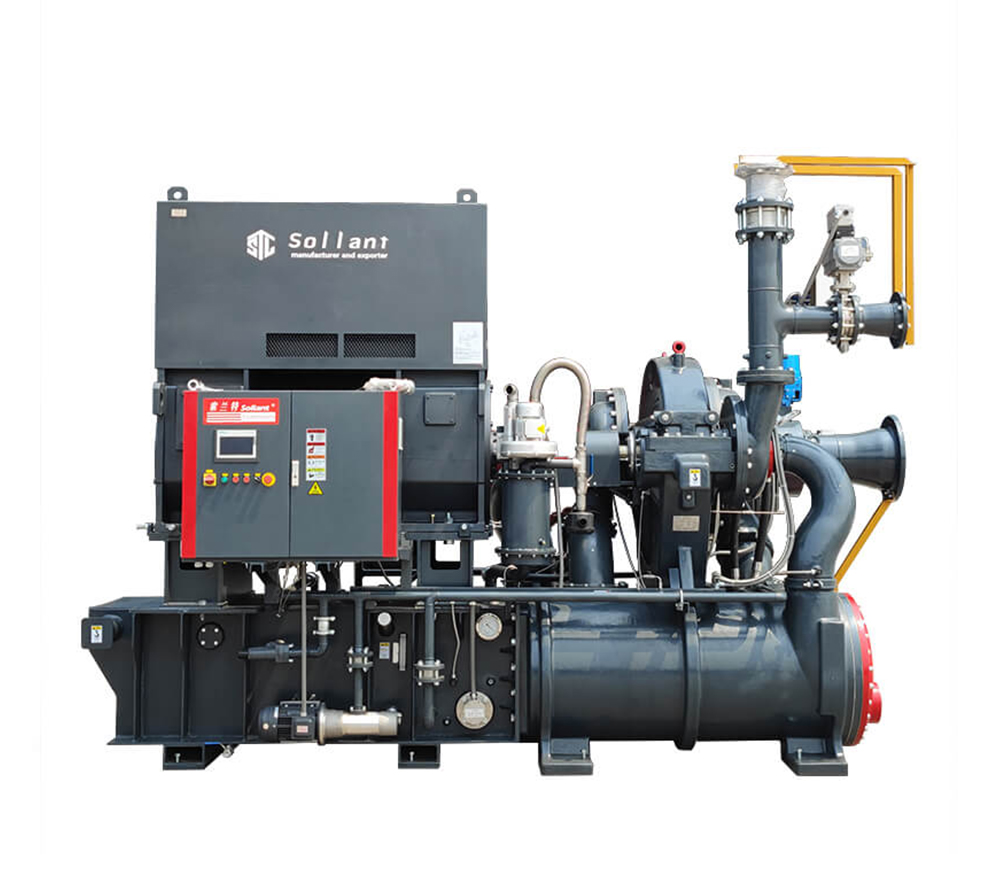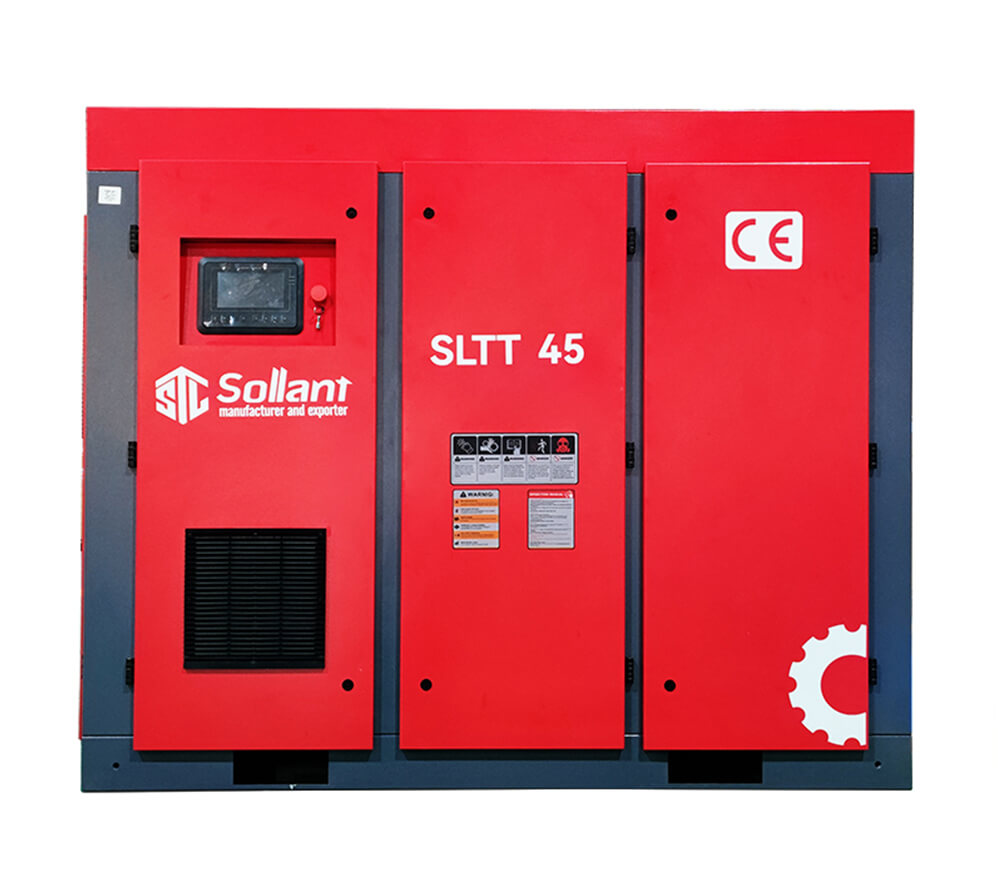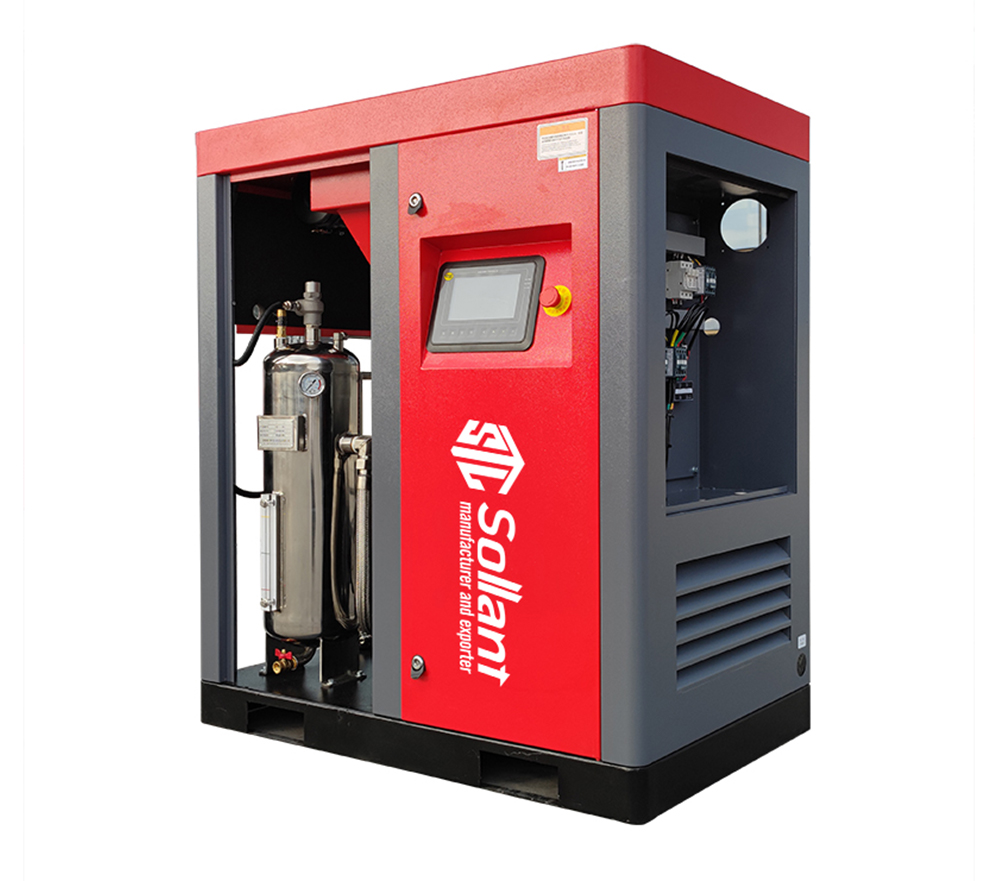Rubber & plastic products
Production processes in the rubber and plastics industry rely on compressed air as a power source.
Wide application of air compressors in the food and beverage industry
As an indispensable power equipment in modern industrial production, air compressors play a pivotal role in the rubber and plastic products industry. The compressed air they generate is widely used in various production links, providing stable and reliable power guarantee for product molding, processing, testing and equipment operation.
Molding and processing links
Injection molding: In the plastic products industry, injection molding is the main processing method. The compressed air provided by the air compressor is used to drive the pneumatic components of the injection molding machine, such as opening and closing molds, ejecting products, and controlling the filling of the barrel. High-pressure and clean compressed air can ensure the accuracy and stability of the injection molding process, thereby improving the quality and production efficiency of the product.
Blow molding: Blow molding is a key process for producing hollow plastic products (such as bottles, containers, etc.). The compressed air generated by the air compressor is sent into the prefabricated tube blank to expand and fit the inner wall of the mold, and finally form the desired shape. The pressure, flow rate and stability of the compressed air directly affect the wall thickness uniformity, surface quality and dimensional accuracy of the blow-molded product.
Rubber vulcanization: In the production of rubber products, vulcanization is an important step to improve the elasticity and strength of rubber. Some vulcanization equipment (such as vulcanizing tanks and flat vulcanizing machines) may use compressed air for heating control, mold opening and closing, etc. At the same time, compressed air is also used for cooling during the vulcanization process to ensure product quality.
Extrusion molding: Extrusion molding is often used to produce pipes, profiles, films, etc. Compressed air is sometimes used to cool the extrusion mold, or as an air pressure aid to help the product pass through the mold smoothly and maintain its shape.
Auxiliary and detection links
Pneumatic components and automation equipment: Pneumatic components and automation equipment such as pneumatic clamps, cylinders, pneumatic valves, and manipulators are commonly used in rubber and plastic product production lines. The operation of these devices is inseparable from the drive of compressed air, which can significantly improve the automation of the production line, reduce labor costs, and improve production efficiency.
Product cleaning and purging: During the production process, compressed air is often used for product cleaning and purging. For example, after injection molding or blow molding, compressed air can be used to blow away the burrs, dust, or mold release agent remaining on the surface of the product to ensure product cleanliness.
Mold cleaning: After a period of use, the mold will accumulate residues, affecting product quality. Compressed air can be used to clean molds quickly and effectively, reducing downtime.
Air tightness testing: For some products that need to be airtight (such as balloons, inflatable toys, air cushions, etc.), compressed air is used for air tightness testing to ensure that the products meet quality standards.
Conveying and mixing: In some cases, compressed air is also used to convey powder or granular raw materials, or to provide stirring power during the mixing process.
Equipment operation and maintenance
Pneumatic tools: Various pneumatic tools are used in production workshops, such as pneumatic wrenches, pneumatic screwdrivers, pneumatic grinders, etc. These tools are driven by compressed air, which improves production efficiency.
Instrument air: Precision measuring instruments and control systems require clean and stable compressed air (called instrument air) to drive or calibrate to ensure precise control of the production process.
Equipment lubrication and cooling: The lubrication system and cooling system of some equipment may also be assisted by compressed air.
Requirements for compressed air quality
In the rubber and plastic products industry, the quality requirements for compressed air are high, especially in the links that are in direct contact with products or used for precision control. Compressed air usually needs to be purified, including:
Dehydration: Remove moisture from compressed air through a dryer (refrigerated dryer or adsorption dryer) to prevent water vapor from corroding or contaminating products and equipment.
Degreasing: Remove oil from compressed air through a precision filter to prevent oil from contaminating products or affecting the normal operation of equipment.
Dust removal: Remove particulate matter from compressed air through a filter to ensure the cleanliness of compressed air.
Air compressors are widely used in the rubber and plastic products industry, from core molding processing to auxiliary cleaning and inspection, to equipment operation and maintenance, all of which are inseparable from the stable supply of compressed air. With the continuous improvement of the industry’s automation and intelligence level, higher requirements will be placed on the quality and reliability of compressed air. Therefore, choosing efficient, energy-saving, and environmentally friendly air compressor equipment, and cooperating with a complete air post-treatment system, will be the key to improving production efficiency and product quality for rubber and plastic products companies.






